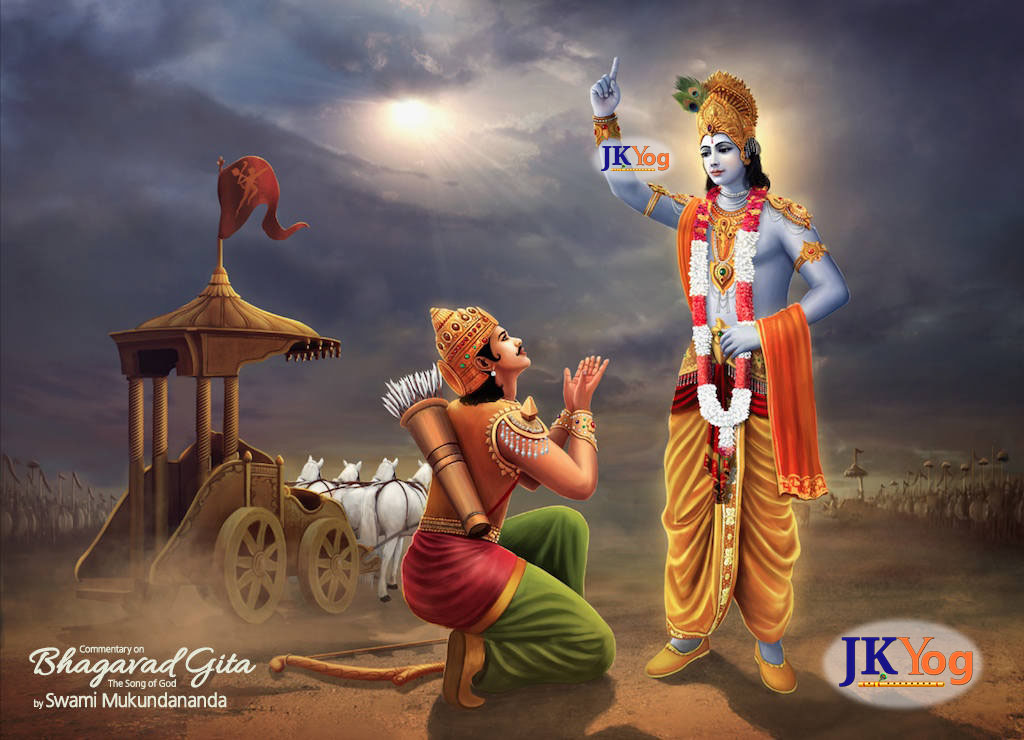A kind of continuation from the varying facets of what constitutes our being, but on a more structured note:

Every quality or aspect of life is broadly divided into three attributes. The Sāttvik, the Rajasik and the Tamasik. The three Gunas of everything
The Sāttvik denoting peace, purity, knowledge, harmony, positive...
The Rajasik denoting passion, action, driven, egoistic, dynamic...
The Tamasik denoting imbalance, inertia, negative, ignorance, chaos....
And each of these exists in each one of us.... in fact in every facet of creation. Let's take the elements, for instance:
Sky: Pretty clouds are Sāttvik; thunder and lightning are Rajasik; and a clear sky is Tamasik.
Wind: A mild breeze is Sāttvik, a cyclone is Rajasik, and still weather is Tamasik.
Water: A river in flow is Sāttvik, a waterfall is Rajasik; and a lake is Tamasik.
Fire: Candlelight is Sāttvik; a raging fire is Rajasik, and smouldering fire is Tamasik.
In the Bhagavad Gītā, Krishna says: “There is a predominance of one or the other gunas in things, objects and persons. Our deeds and thoughts always express one guna or the other. Indeed, every object in this manifold universe and even celestial beings are influenced by these gunas.”
“When sāttva, which is pure and tranquil and has the power to illumine overcomes rajas and tamas the person is endowed with happiness, virtue and knowledge.
“When rajas, which leads the person to action and results in attachment ensuing the vision of multiplicity, overcomes sāttva and tamas, the person is active, finds wealth, fame, but suffers misery.
“When tamas, which is characterized by inertia and casts a veil of ignorance on one’s mind and makes the person lose the power of discrimination, overcomes satva and rajas the person is greedy, lazy and could be stricken with grief and delusion.”
It's the interplay of these gunas that defines the innate nature or personality of individuals. According to the Vedas, no one and nothing in existence is purely sattvik, rajasik or tamasik, it's only in varying proportions and also in varying contexts.
The gunas are not considered as static and set. The Bhagavad Gita, states it to be dynamic and changeable with knowledge, introspection and understanding of sva-dharma. Realizing one's sva-dharma and Self, is emphasized with the highest state of existence being moksha
The unfortunate thing is that it is this concept, which in itself is such a subtle and beautiful concept, that has evolved into the most gross and base system of caste in India.
What was meant to be used to understand an individual's predominant nature, possibly to be used to role fit action to capability and inclination, was for vested reasons distorted into a 'by birth' fixation.
And just by virtue of the fact that it's still a prevalent feature of life in India, I'd say we're all pretty far from getting to even near Sāttvik as a race. Process of evolution I guess.
No comments:
Post a Comment